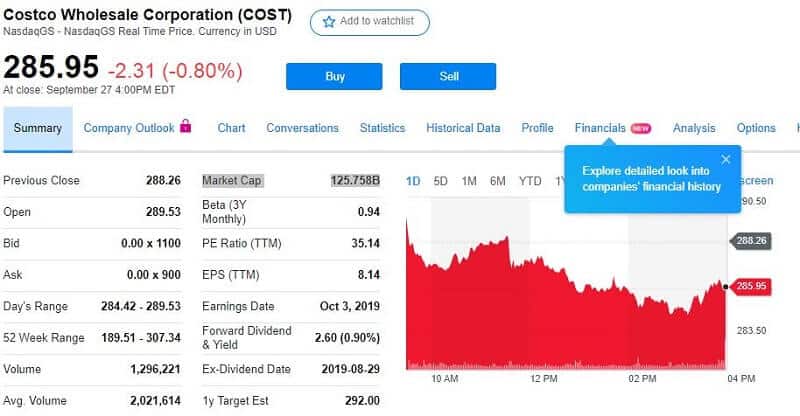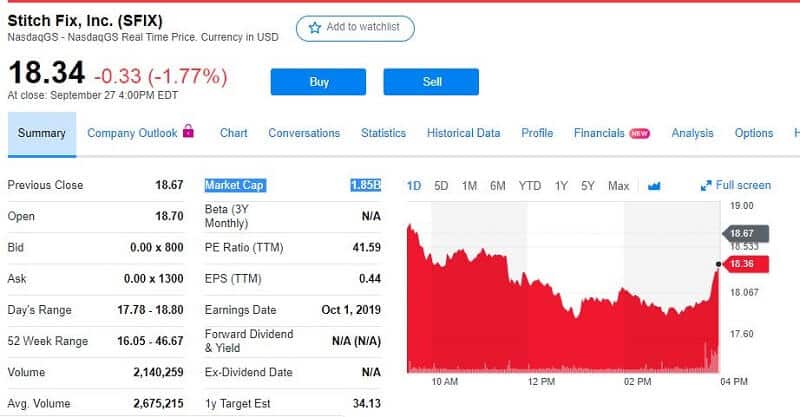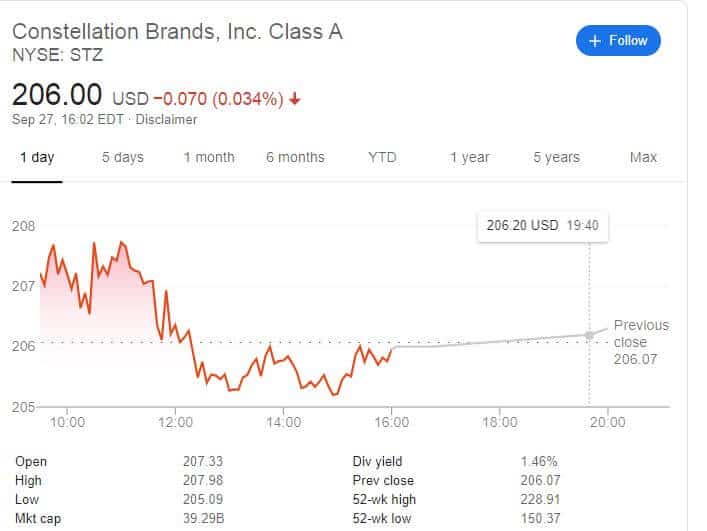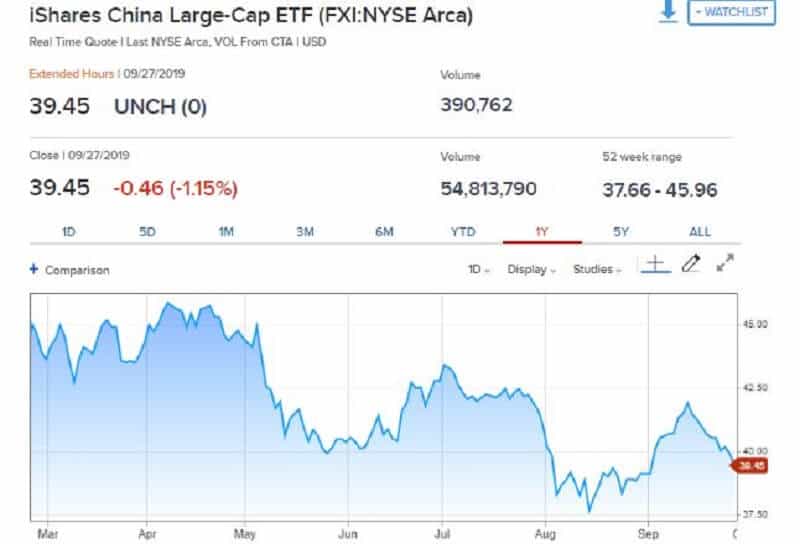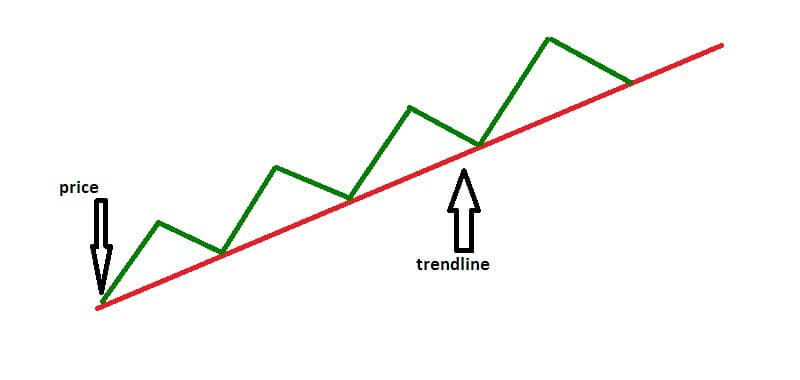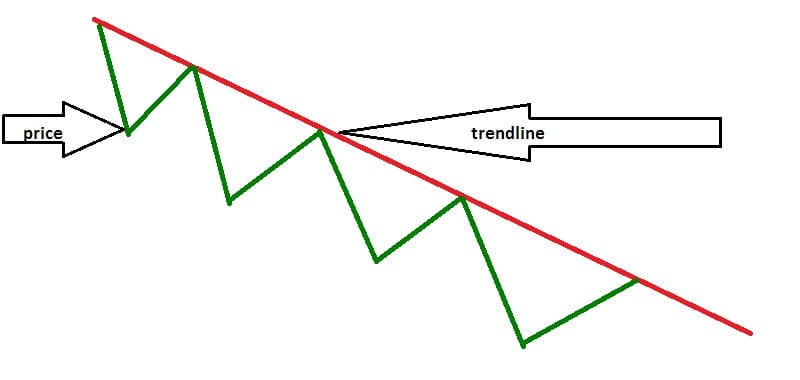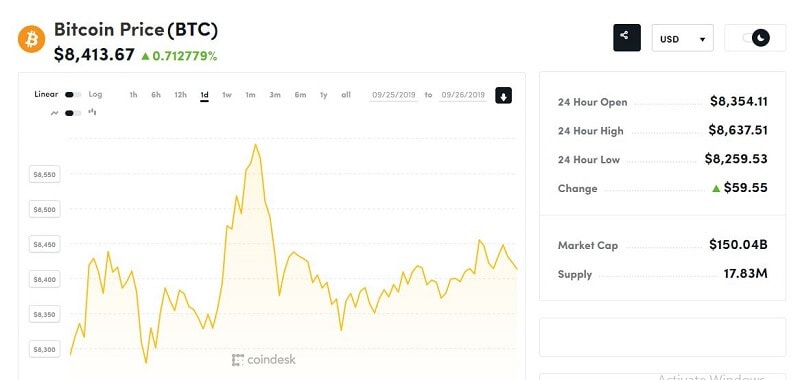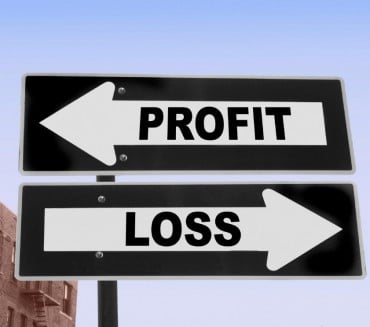3 min read

by Guy Avtalyon
KEY POINTS
-
Preferred stocks are hybrid security. Let’s say, something between bonds and common stocks.
-
The preferred stocks are riskier than bonds but less than common stocks
-
Pay attention to THIS! Don’t buy a preferred stock issue at or near par value.
I know you’re probably thinking now to buy preferred stock and where to find them? Truth is it isn’t so easy to find them, so let me help you a bit.
I’ll give you the additional data that you can’t find ANYWHERE else.
First of all, preferred stocks are hybrid security. Let’s say, something between bonds and common stocks. You have to know that they are riskier than bonds but provide higher payments. And that is exactly what we want – higher returns, right?
By holding preferred stocks, you will receive regular fixed dividends. The procedure of buying them is the same as it is with common stocks. Firstly, you have to choose your broker. The thing you have to check is that your broker has a good and reliable list of preferred stocks. So, check the range of it before any commitment. Well, you will need some personal research on preferred stocks to pick the right one or several from the list of shares your accessible through your broker. Take your time, they are worth your effort.
Now, you have to recognize preferred stocks that match your interest. Evaluate the companies you have info that will work well in the future. Keep in mind that preferred stocks are long-term investments.
You can trade them on the stock market in the same way you would do it with common stocks.
Just like bonds, preferred stocks have credit rating and that is also needed to be checked.
Where can you get this info?
From a corporate credit rating bureau. Based on the data you receive from the bureau you will know if investing in preferred stocks is a good choice for you.
But there is one tricky part that shouldn’t terrify you.
You will see that credit rating for this kind of stocks is lower than it is for bonds. That comes due to their risky nature. As you can see at the beginning of this article, the preferred stocks are riskier than bonds but less than common stocks.
Let’s go straight to the point. How to buy preferred stocks, where you can find them?
You have to read balance sheets. In the stockholders’ equity section, you will notice the amount obtained from issuing preferred stock.
In the income statement, you will find the annual preferred dividends report.
Analyze issuing companies completely. Put your feelings about some company away. You are not investing based on your feelings. You have to do that based on your investing goals and risk tolerance. You will need a strong understanding of how a company’s stock works before you make a decision.
Read the stock’s prospectus. It is easy to find them online.
Preferred stocks offer a bit more than common stocks or bonds.
Actually, preferred stocks bring great deals. For example, yields average is 6.1%. It is much above the high-yielding sectors of the market, for example utility stocks and real estate investment trusts.
Where to find preferred stocks?
Try to find them among banks, and different financial companies, since they issue more than 80% of preferred stocks. Also, you can find them in telecommunications, health care, energy or similar companies.
Companies usually issue these stocks at $25 per share. That is par value. When investors start trading them, the price will go up or down. It is due to the interest rates. Just like bonds. When the interest rates climb the price of preferred stocks will fall. And vice versa.
In regular market conditions, preferred stocks should be better than high-quality bonds. They have to provide you steady income. And taxes below those for bonds interest.
How to buy a preferred stock simply?
Look here! A necessary starting point is an online broker that provides screening tools. Companies ordinarily give a grace period before they can redeem shares. It is usually 5 years after they issue preferred stocks. Besides that, a company may recall its shares at any time. So, keep a close eye on the call date.
Check all dates carefully to be sure you have at least 18 months before a company can repurchase shares.
I don’t know if you’ll buy it today or in a month or year. But I want you to know this!
Experience tells that preferred stocks under $23 are riskier, but if they are over $28 the yield could be too low. Moreover, if it is over $28 the potential loss could be bigger if the stock is called at $25 per share. A perfect yield should be between 5% and 7%, say experts. If the yield is higher, the potential risk is bigger.
Pay attention to THIS!
Don’t buy a preferred stock issue at or near par value.






